When Jen and I planned our trip to Sarajevo, we didn’t know much of the city’s history. I did a quick Google search of things to do in Sarajevo and the war tunnel came up. After more reading, we came to find out how the city was under siege for four years from ’92 – ’96. It amazed me to think of a city comparable in size and population to Washington D.C. or Boston being surrounded and cut-off from everything for four years.
We sort of just stumbled across the Sarajevo Insider tour office and saw sign for the Tunnel Tour I had read about. We checked if we would be able to take our dog, Emma, on the tunnel tour; they checked and said it would not be a problem and to come back at 2pm to depart for the tour.
Our guide, Adnan, was a young child living in Sarajevo during the siege and enlightened us about the war and the tunnel. Serbian forces had the city surrounded on three sides. The fourth side was that of the airport which was under UN control and could not be traversed. On the other side of the airport was the free Bosnian territory.
After a year of being cut-off, the Bosnian Army commenced digging a tunnel that would run from the edge of the city for 800 meters underneath the airport and into free Bosnian territory. For four months and four days over 200 volunteers dug the tunnel with complete secrecy and hands from each direction. The tunnel became the life line for the people of Sarajevo. The Army was able to bring in weapons and ammunition, while others brought in food. Eventually minors set-up a rail cart to move goods. They also ran power and water lines though the tunnel to supply the besieged city.
What amazed me about the tunnel was that they didn’t use it as a means to evacuate the city. Much of of the surrounding areas were also at war during the same period. Adnan explained that families would stay and suffer together instead of risking being separated trying to flea. It made sense to me and really showed how the city bonded together to make it through the four years of constant mortar and sniper fire. The city was bombarded with an average of 300 mortars and grenades each day from the Serbian forces on the surrounding hillsides. Not to mention constant sniper fire as well. Over 12,000 people were killed during the Siege of Sarajevo; among those, over 1,500 were children. It was the longest siege of a capital city in the history of modern warfare.
The house where the tunnel began has since been turned into a museum. You can still see the bullet holes and fragments of the wall missing from years of attacks. There is a short 15-minute video with footage of the tunnel and how it was constructed. Inside the house there are old military uniforms on display as well as artifacts from the tunnel. We also saw some of the weapons that were transported through it as well as the food brought in. They even have the chair that the Bosnian President was pushed through the tunnel with when he made the passage through it. You get to go inside a short 20 meter portion of the tunnel that remains; the rest of the tunnel collapsed shortly after the siege ended. As I hunched and walked, I wondered how they transported 80lb backpacks through the 800 meter long tunnel that is only 4.5 feet tall day after day.
It only takes about 2 hours for the whole tour from the city center, but if you find yourself in Sarajevo, I highly recommend the tour.
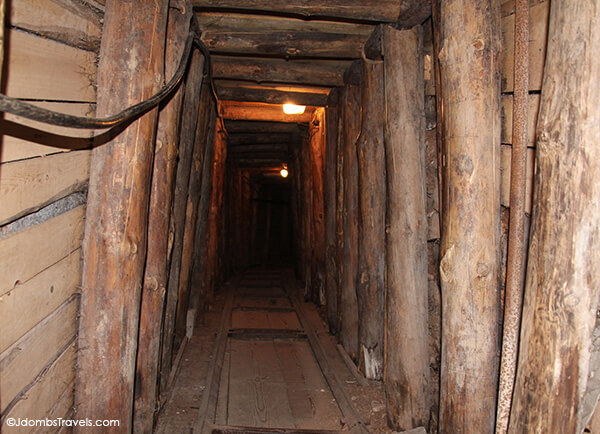
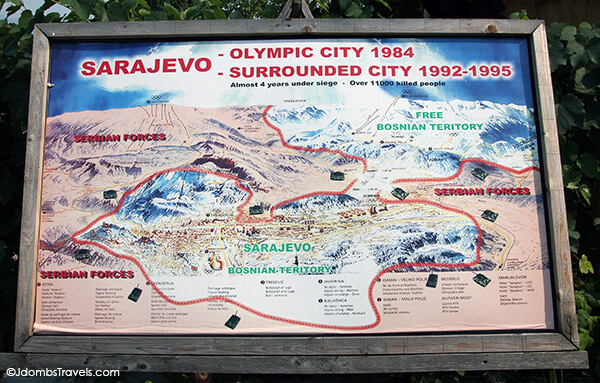


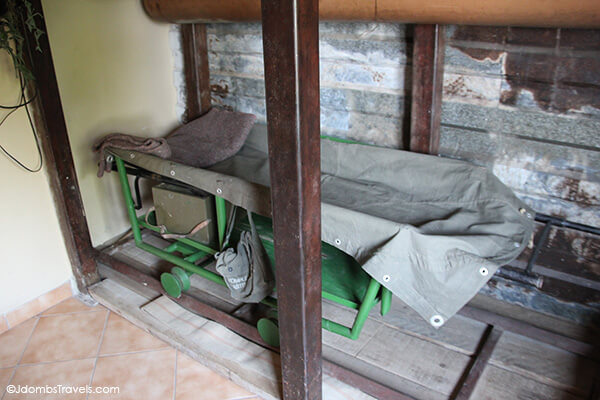
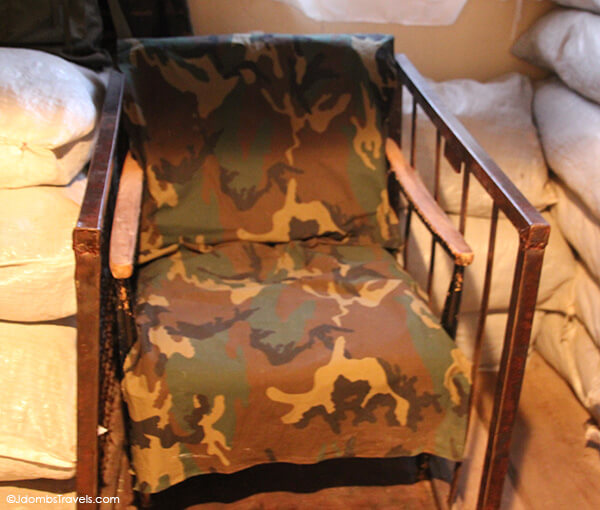
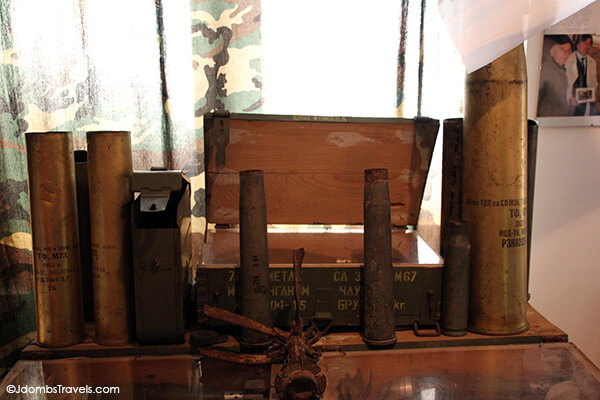

cheryl says
Wow, this is incredible. I don’t know if I would be able to do this tour without crying! I also like the fact that the tunnel was not used to evacuate and the families/friends stuck together.
Tim says
Yes Cheryl, it is definitely a very moving experience.
Dale says
We took the same tour just two or three weeks ago with the very same guide too & just as you say, it’s incredible to actually walk through the tunnel which acted as the only supply route into the surrounded city & we too would recommend it, especially to those who were old enough to see the siege on the news during the nineties.
Natalie says
It is places like this that remind me just how lucky I have had it in life
Tim says
Natalie, you are exactly right. I just can’t imagine this happened in modern times in a major European city. We are lucky to have not had to deal with something like it.